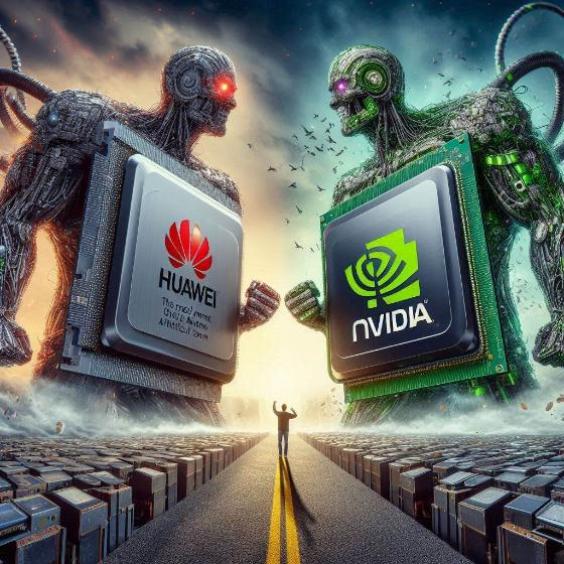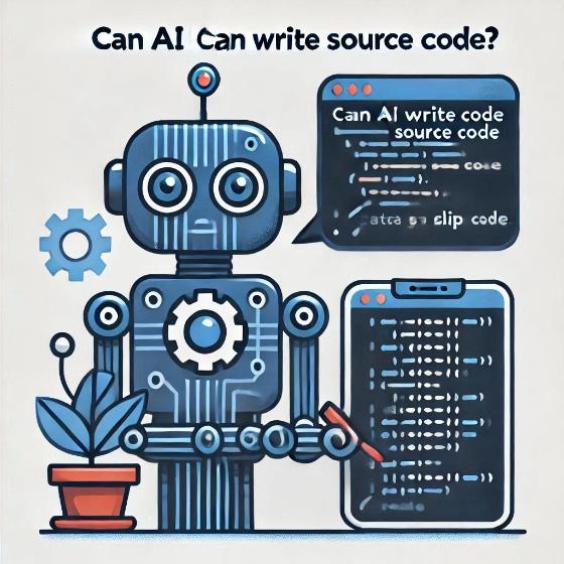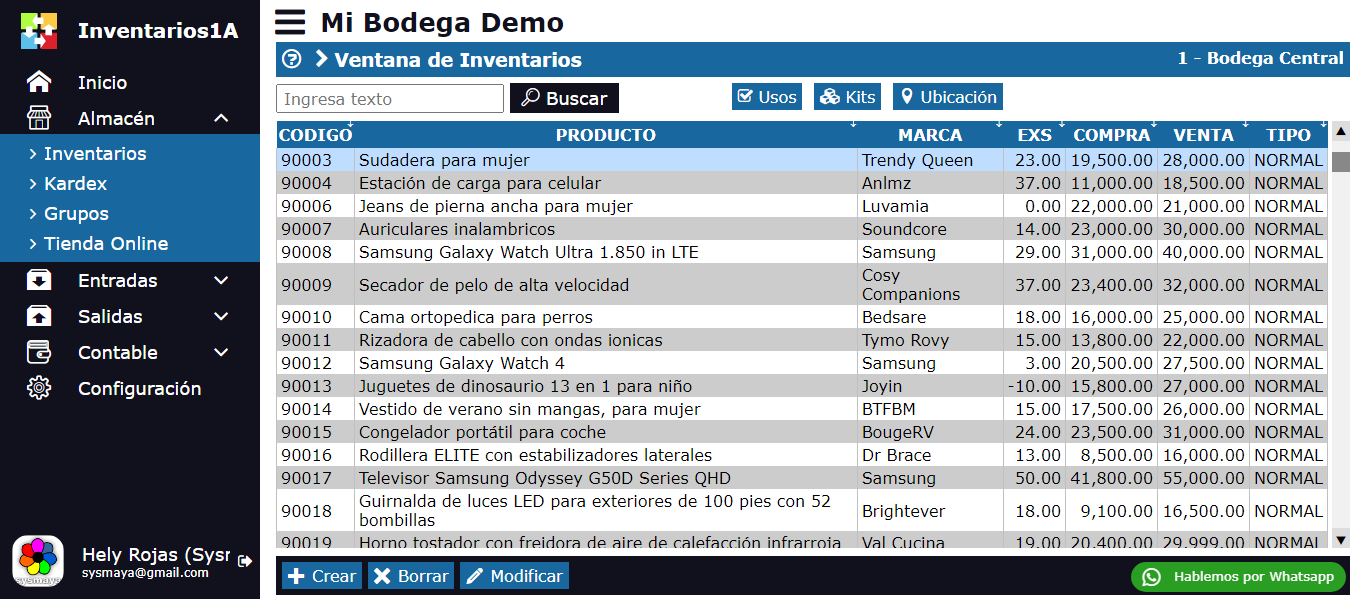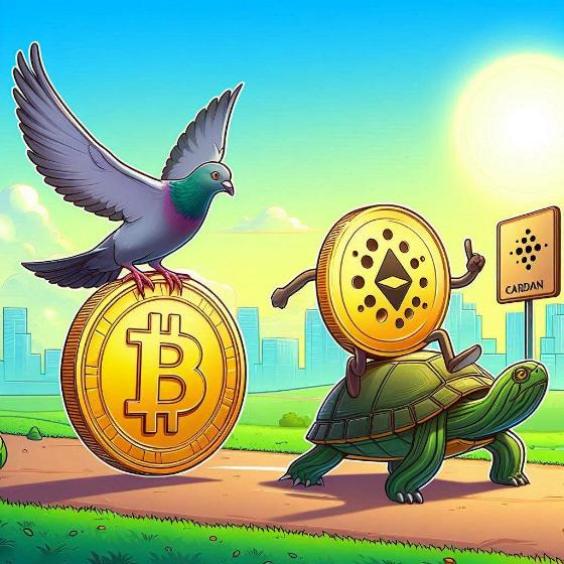Huawei 910C VS Nvidia A100 for Supremacy in Artificial Intelligence
They tripped her up hoping she would fall, but Huawei got up stronger. What seemed to be an infractional strategy of the United States to stop the technological advance of the Chinese giant has ended in an unprecedented confrontation: Huawei vs. Nvidia for the leadership in artificial intelligence. This competition is not limited to business and technology, but has become a geopolitical and economic battle with global implications that go far beyond semiconductors and algorithms.
The confrontation between Huawei and Nvidia symbolizes the struggle between China and the United States for technological supremacy in AI, a field that many consider the "new oil" of the 21st century.

The United States Blocks, China Responds
It all started with U.S. sanctions against Huawei in 2019. By blocking access to advanced semiconductor technologies, the United States sought to slow the growth of the Chinese giant, cutting off its supply of critical chips and other technologies needed to develop its AI products. Among the most impactful measures was the ban on the sale of Nvidia''s A100 chips, considered the most powerful and advanced in AI and high-performance computing applications.
The logic behind these restrictions was clear: without access to the most advanced technology, it was expected that China would fall behind in AI development, keeping Huawei and other Chinese companies one step behind their U.S. competitors. However, what happened was the opposite. Huawei, far from giving up, decided to accelerate the development of its own technological ecosystem.

Huawei and the 910C Chip: A Surprising Counterattack
In the midst of sanctions, Huawei surprised the world with the launch of its AI chip, the Ascend 910C. This chip, developed without access to critical U.S. technologies, matches the performance of Nvidia''s A100. Despite facing obstacles to access advanced manufacturing tools, Huawei managed to create a direct competitor that competes head-to-head with Nvidia.
The Ascend 910C stands out not only for its computational capacity, but also for its energy efficiency and integration into AI systems. Huawei has shown itself capable of innovating despite restrictions, finding ways to overcome obstacles and strengthening its internal capabilities. Instead of weakening, the company has consolidated itself as an even stronger player in the AI field.
Nvidia and Its Adaptation Strategy
Faced with this challenge, Nvidia did not stand idly by. Aware of the importance of the Chinese market and the potential it represents, the company decided to create "limited" versions of its chips to be able to market them in China without violating the restrictions imposed by the United States. Thus was born the A800, a reduced version of the A100 that, although it has slightly lower performance, remains competitive in AI applications.
This strategic move has allowed Nvidia to maintain a presence in the Chinese market, but at a cost: it has lost the monopoly on advanced AI solutions in a market that is now more willing than ever to support and buy local products, such as those developed by Huawei.
A Miscalculation?
The sanctions imposed on Huawei may have turned into a double-edged sword. Instead of containing Chinese technological growth, the measures have incentivized local companies to develop their own solutions, making China more independent in its technological production. The example of Huawei and its 910C chip demonstrates that the Chinese industry has the capacity to innovate and compete at the highest level, even in the midst of severe restrictions.
The case of Huawei is not an isolated phenomenon. China, over the past decades, has shown itself capable of overcoming barriers and developing its own alternative systems. This happened with the Tiangong space station, created after being excluded from the International Space Station, and also with the BeiDou positioning system, which now rivals the U.S. GPS. Each time it has been blocked from accessing key technology, China has responded by developing its own solution, often with surprising results.
What Does This Mean for the Future of AI?
The confrontation between Huawei and Nvidia for AI supremacy is not only a business matter, but a strategic struggle of great scope. If Huawei manages to scale production of its 910C chip at competitive prices, Nvidia could face a significant loss of market share in Asia and other regions.
The United States may have underestimated the adaptability and resilience of Chinese companies, and now faces a scenario where its sanctions have not weakened Huawei, but have transformed it into an even more formidable competitor. In fact, what began as a tactic to stop Huawei could end up strengthening the Chinese giant and the Chinese technology industry as a whole.
A Challenging and Competitive Future
Huawei and Nvidia are now at a critical point in their competition. While Nvidia continues to dominate the global AI chip market, Huawei has shown that it is capable of developing cutting-edge technologies despite blockades. The battle for AI supremacy is just beginning, and the real winner will be determined by who can innovate faster and offer products of greater value at lower cost.
In this game of power and technology, the only certainty is that consumers and the advancement of AI globally will be impacted by this competition. The outcome will define the direction that the technology industry will take in the coming years, and it is possible that the balance of power will begin to tilt towards the east.
In the battle for artificial intelligence, Huawei has not only proven to be a worthy competitor for Nvidia, but, with the backing of China, has all the cards to become a global leader in the near future.





